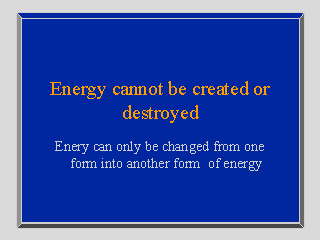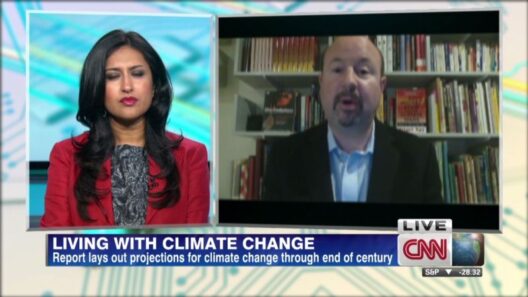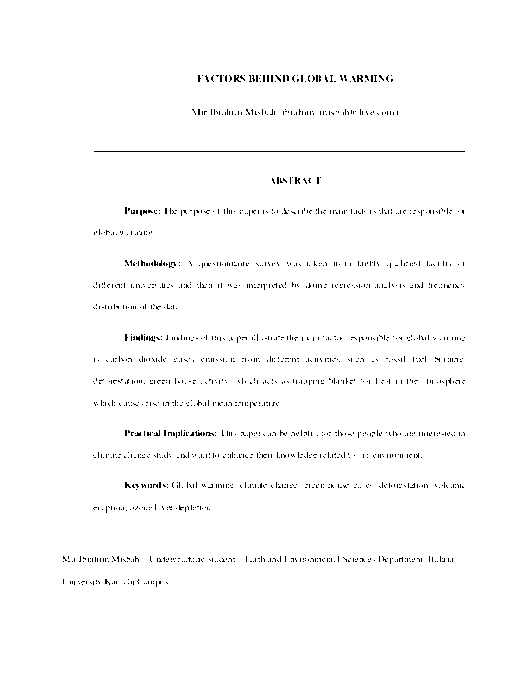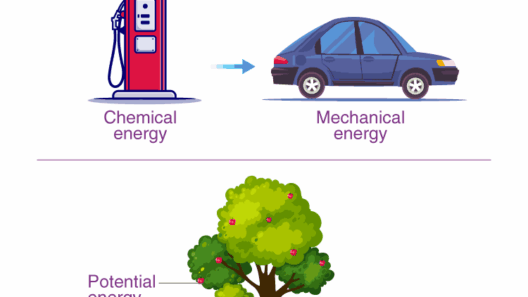In the realm of physics, the Law of Conservation of Energy asserts that energy cannot be created or destroyed; it can merely be transformed from one form to another. This principle, foundational to both classical and modern physics, holds profound implications for a myriad of processes, from the mundane functions of daily appliances to the vast complexities of celestial phenomena. However, life, particularly in the world of science, often poses playful questions that invite challenge. Are there circumstances where energy conservation seems to falter? In what contexts might this fundamental rule have exceptions? Let’s delve into these inquiries.
The first step in dissecting this tantalizing question involves an examination of various energy forms and transformations. Energy exists in several manifestations—kinetic, potential, thermal, chemical, electrical, and nuclear, to name a few. At its essence, the law implies a holistic view: total energy within an isolated system remains invariant unless influenced by external factors. Yet, certain scenarios in nature and scientific inquiry reveal an intricate dance of energy that can, under specific circumstances, lead to apparent violations of this principle.
The Phenomenon of Nuclear Reactions
Perhaps one of the most striking examples that challenge the traditional view of energy conservation is found within the nucleus of an atom. During nuclear fission, heavy nuclei split into lighter nuclei, and during fusion, light nuclei combine to form heavier nuclei. Both processes release prodigious amounts of energy due to the conversion of mass into energy, elegantly described by Einstein’s renowned equation, E=mc². In this context, the energy that emerges seemingly exceeds the energy stored in the original mass, thus raising the question: can energy truly be conserved if mass can transform into energy? While the total energy—including the mass-energy—is conserved overall, the isolated view of energy within the fission or fusion process appears misleadingly ambiguous, offering a compelling challenge to the classical law of conservation.
Thermodynamics and the Limitations of Efficiency
Moving beyond the atomic scale, we encounter the principles of thermodynamics, particularly the second law. This law introduces an essential notion: while energy cannot be created or destroyed, it can be degraded. When energy is transformed, it often disperses or becomes less organized, leading to increased entropy within a system. Consider a car engine as it converts fuel into mechanical energy. Not all the energy from combustion is harnessed; a portion dissipates as heat. Consequently, engineering systems invariably experience inefficiencies where usable energy diminishes, thus lending credence to the idea that while energy overall remains conserved, its quality and usability do not.
The application of thermodynamics reveals another layer of complexity. In real-world applications, systems are rarely isolated; external interactions continuously influence energy states. Heat transfer, friction, and other dissipative effects constantly reshape the flows and transformations of energy, hinting at a larger truth: energy conservation, when strictly interpreted, may not encapsulate the totality of energy-related phenomena.
The Quantum Realm: Uncertainties Abound
In the fascinating domain of quantum mechanics, the interplay of energy conservation takes on a novel character. At the quantum level, particles exhibit behaviors that defy classical intuition, including the concept of energy ‘borrowed’ and ‘returned’ within fleeting time intervals, as prescribed by the Heisenberg uncertainty principle. This seemingly paradoxical behavior implies that energy conservation may manifest differently under such conditions, with particles fluctuating in and out of existence, therein stretching the conventional boundaries of energy understanding. When observing phenomena like virtual particles and Hawking radiation, the fabric of what we perceive as energy conservation becomes ripe for reinterpretation.
Furthermore, concepts such as entanglement and superposition offer additional nuances; energy transfer can occur between entangled particles in ways that challenge classical boundaries. Here, the very nature of energy appears adaptive, prompting deeper reflection on whether traditional laws remain sufficient as humanity seeks to unravel the myriad complexities of the cosmos.
Exploring Practical Implications
As we navigate these complexities, the implications of energy conservation—its exceptions and caveats—are vast and significant. From engineering design to ecological considerations, understanding the nuanced dynamics of energy can guide more efficient practices. Energy policy, scientific inquiry, and ecological practices must reflect both the law’s foundational principles and the exceptions that real-world scenarios present. In a practical context, rethinking energy conservation can lead to innovations in renewable energy, cleaner technologies, and sustainable practices.
In conclusion, while the Law of Conservation of Energy provides a critical framework for understanding energy interactions, a deeper exploration reveals exceptions that warrant consideration. From the realm of nuclear reactions to the realities of inefficiency and the delights of quantum mechanics, energy conservation unveils a tapestry of intricacies that defy simple categorization. Thus, we are continually challenged to refine our understanding, embracing the interplay of classical principles and phenomena that beckon us to see beyond conventional wisdom. As we grapple with these complexities, the importance of rigorous inquiry into energy’s nature remains paramount—not only for the advancement of science but for the sustainable future of our planet.









You failed to mention a single exception to the law of conservation of energy. All of your “exceptions” are just show that the accounting for it can get complicated in some circumstances. They have all been investigated in detail and none of them pan out, and the scientists doing the investigations are not slacking off either – any such discovery would result in an instant Noble Prize. This is very irresponsible reporting. This sounds like more of the ongoing strategy of scientific denialism being fostered by climate deniers. See https://www.ipie.info/research/sfp2025-2 for more information.